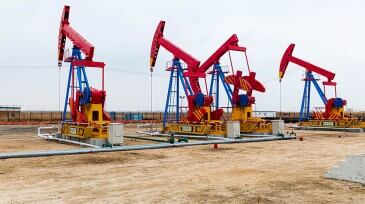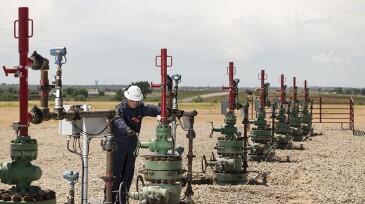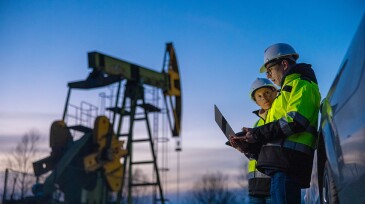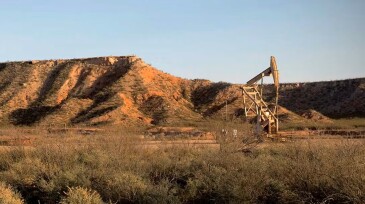artificial lift
-
Industry experts advocate for collaboration to develop and test technology that can reduce emissions without breaking the bank.
-
The industry is balancing brains and bots as it squeezes out barrels of oil production.
-
A special Legends of Artificial Lift Luncheon on 20 August at the SPE Artificial Lift Conference and Exhibition celebrated six individuals for their outstanding contributions to the technical knowledge in this field: Ali Hernandez, Louis Ray, Francisco Alhanati, James Hall, Lawrence Camilleri, and Toby Pugh.
-
Machine learning is refining gas lift production optimization with scalable automated workflow.
-
The world's largest oilfield service company made the deal to expand its exposure to the less cyclical production segment of the upstream business.
-
Longtime leaders in artificial lift discuss and share their insights on the rapidly evolving segment’s past, present, and future.
-
There will always be a need for good artificial lift engineers. So, what should the next generation of its professionals be trying to pursue?
-
The world of artificial lift has witnessed a remarkable revolution over the past 25 years, with many of the events and technology trends recorded in the Journal of Petroleum Technology.
-
This article describes how Oxy developed an in-house application to handle critical production operations tasks including surveillance, optimization, downtime entry, and well testing. The application, called Nexus, allows well analysts and production engineers to manage twice the number of wells they were able to manage just 5 years ago.
-
A pair of innovative field development strategies are helping tame the wild, wild Permian Basin.










